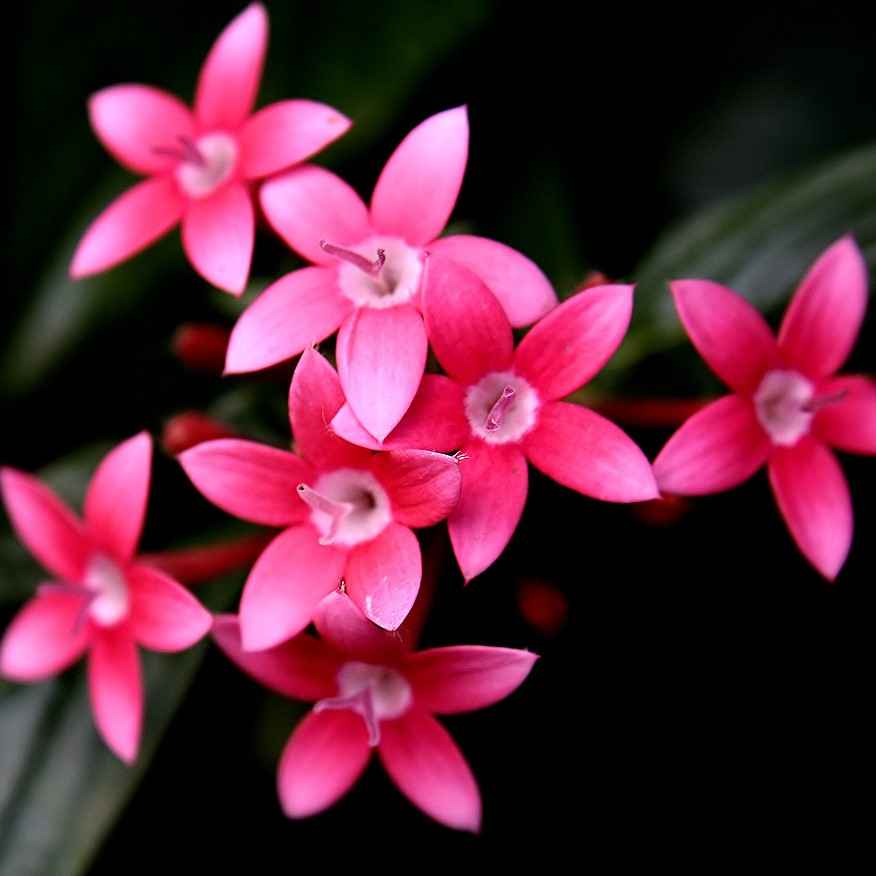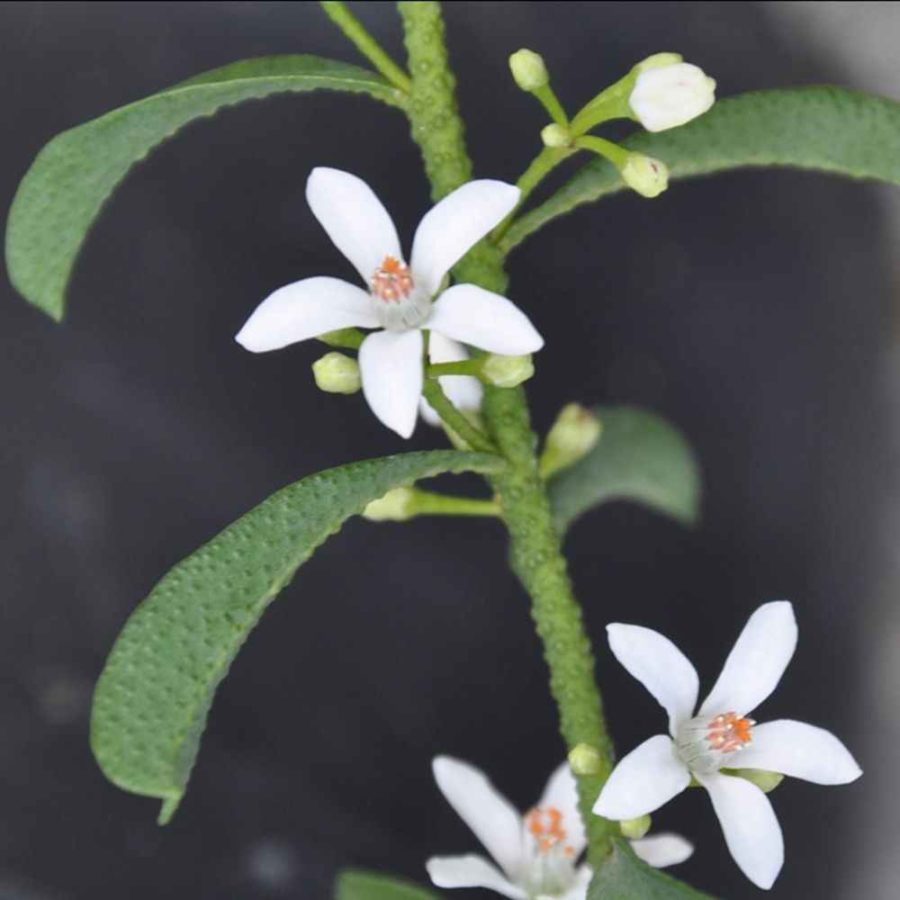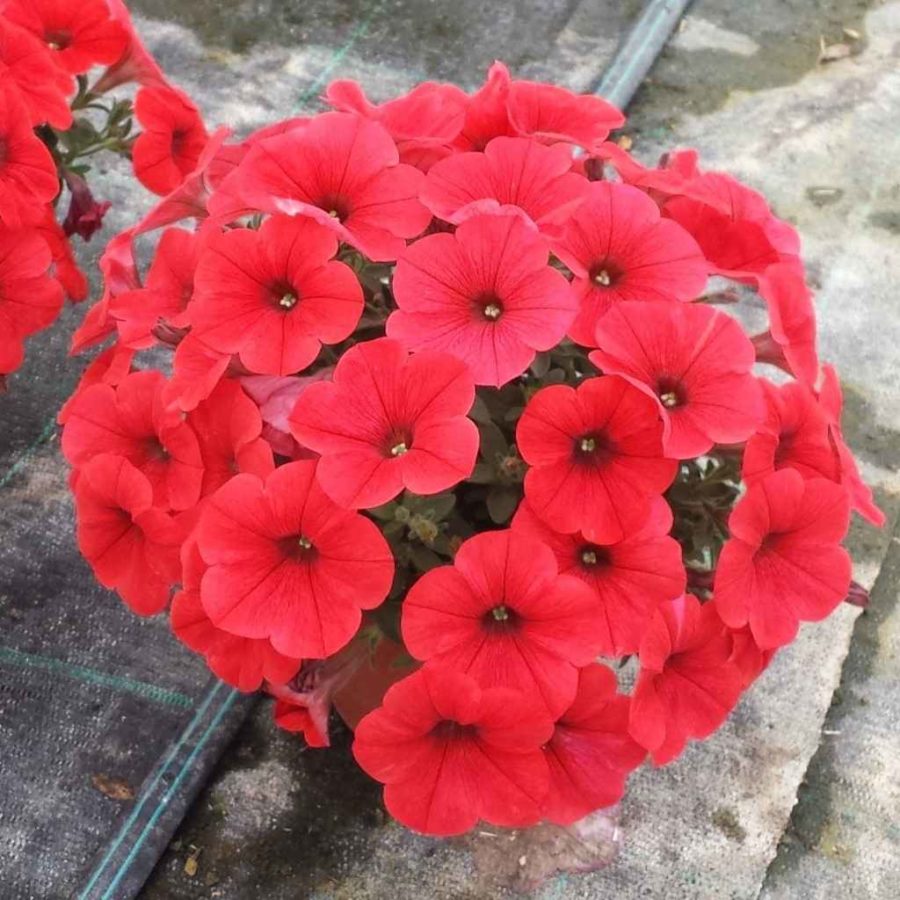
Botanical name
Petunia “Potunia”

Common name
Potunia

Variety

Flower colour
Various shades of white, yellow, pink, red, violet; sometimes bicolor

Temperature
min 5°

Exposure
Direct sunlight or partial shade

Watering needs
Medium

Blooming
Spring-Summer













